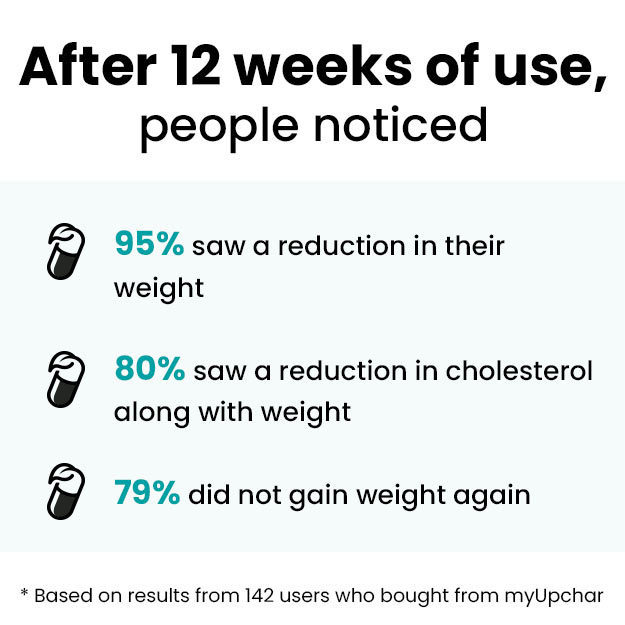What is Alcian Blue Stain test?
The Alcian blue stain test is used in the diagnosis of Barrett metaplasia, which is a condition characterised by the presence of irregularity in the lining of the lower oesophagus (food pipe).
Normally, the same type of flat cells (squamous epithelium) that are present in our skin, also make up the lining of the oesophagus. These cells end at the meeting point of oesophagus and stomach. Various types of columnar epithelium, a new single layer of rectangular cells, line the rest of the gut from the stomach to the anus.
However, people with Barrett’s oesophagus have columnar epithelium in their food pipe that resembles that of the small intestine. This conversion of cells from squamous epithelium to columnar epithelium is known as metaplasia.
Alcian blue selectively stains specific types of cells - goblet cells - on the changed epithelium, in particular, it colours the acidic mucin, a type of protein present in goblet cells. In normal intestinal epithelium, goblet cells are responsible for secreting mucus - a thin slimy substance that protects the inner lining of intestines from bacterial infections.
Barrett’s oesophagus is believed to be caused by prolonged and severe gastroesophageal reflux disease as the columnar cells are more resistant to the pepsin and acid. The condition may make you more prone to a type of cancer known as adenocarcinoma.































